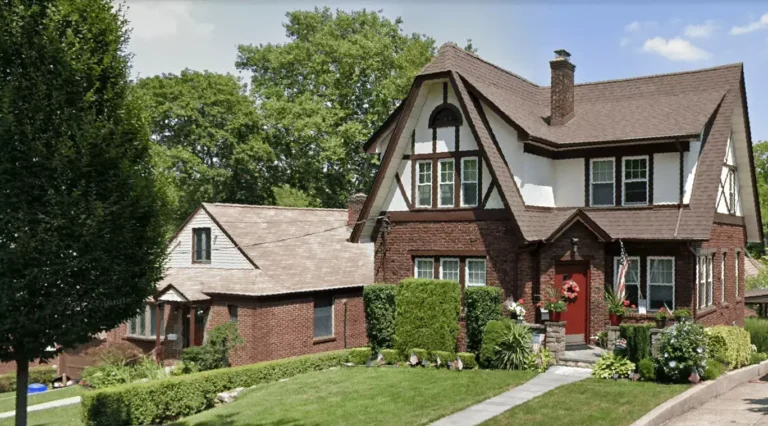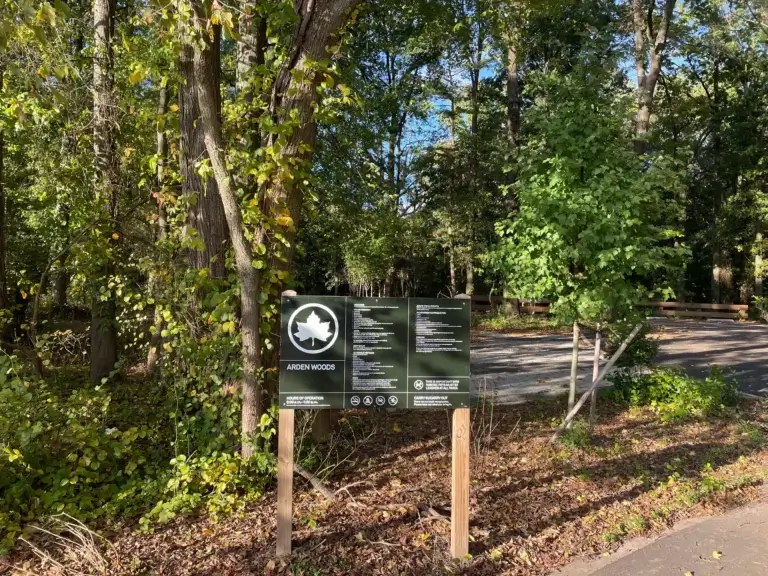Richmond Town, Staten Island: Where Heritage Meets Modernity
Nestled in the heart of Staten Island lies Richmond Town, a remarkable living museum that transports visitors back in time to experience life in a historic 19th-century village. This National Historic Landmark District preserves over 30 original buildings and structures that provide an authentic glimpse into the island’s rich history and culture. Richmond Town is located in the heart of Staten Island. It is a popular tourist destination for people of all ages, and it is also a valuable educational resource for students and researchers.
Map of Historic Richmond Town
The Origins of Richmond Town
The area now known as Richmond Town was first settled in the 17th century by the Dutch and originally called Cocclestown after local Native American tribes. In 1695, the town was renamed Richmond Town, as it served as the county seat for Richmond County before Staten Island became a borough of New York City. Early residents were skilled craftsmen and tradesmen, including blacksmiths, shoemakers, carpenters, and masons. The town thrived as a regional commercial and governmental center. During the Revolutionary War, it also housed British soldiers for some time.



The early history of Richmond Town:
- The Dutch settlement in Richmond Town was centered around the Old Stone House, which was built in 1696 and is the oldest surviving building in Staten Island.
- The town was a popular destination for travelers and traders, and it was also home to several important industries, including shipbuilding, milling, and brewing.
- During the Revolutionary War, Richmond Town was occupied by British troops for several years. The town was also the site of many skirmishes and battles between the British and the American colonists.
- After the war, Richmond Town continued to grow and prosper. It became a popular destination for wealthy New Yorkers who built summer homes on the island.

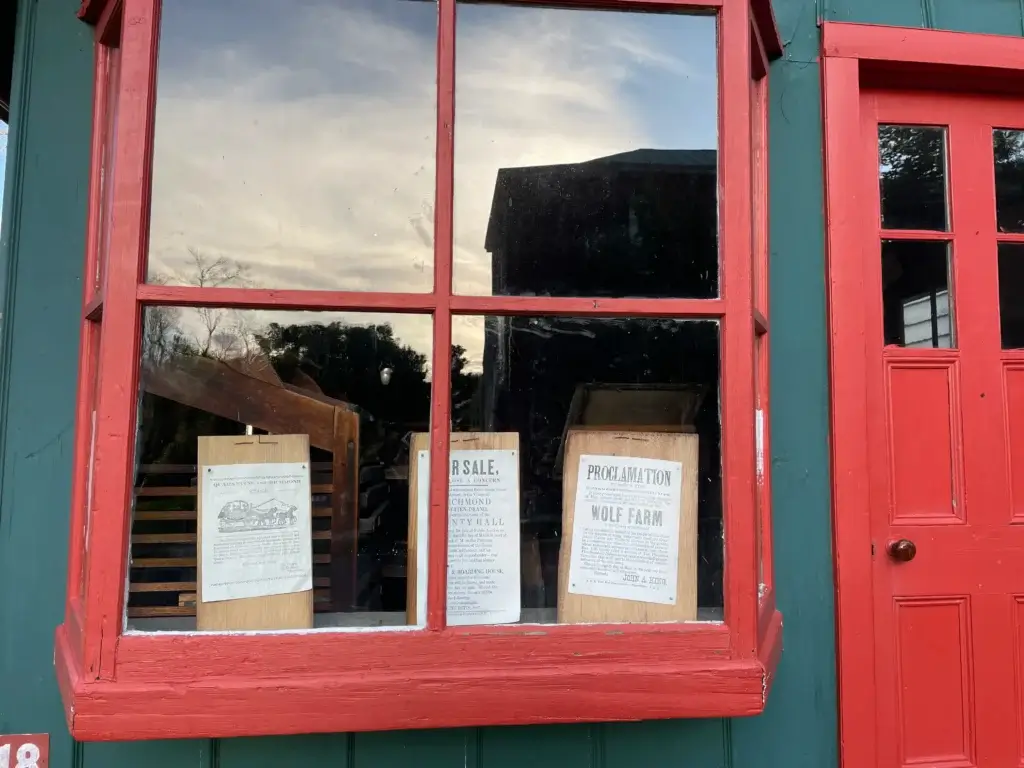

The Establishment of the Living Museum
While Staten Island rapidly urbanized over the centuries, this pocket of historic buildings and homes remained intact. In the 1950s, concerned citizens recognized the need to preserve Richmond Town’s architectural legacy. The Staten Island Historical Society partnered with the city to create an outdoor living history museum that would educate future generations. Historic Richmond Town officially opened in 1960, becoming one of the first living history museums in the nation.
Historic Richmond Town is a significant site because it preserves the history and culture of Staten Island, which is often overlooked in the larger narrative of New York City’s history. The museum’s collection of historic buildings and structures is unique, and its living history programs provide visitors with an immersive experience of life in a 19th-century village.
Historic Richmond Town is also important because it was one of the first living history museums in the nation. The Living History Movement emerged in the mid-20th century as a way to make history more accessible and engaging for the public. Living history museums use costumed interpreters, historic buildings, and artifacts to bring the past to life for visitors. The museum is a testament to the importance of preserving our historic heritage and sharing it with future generations.

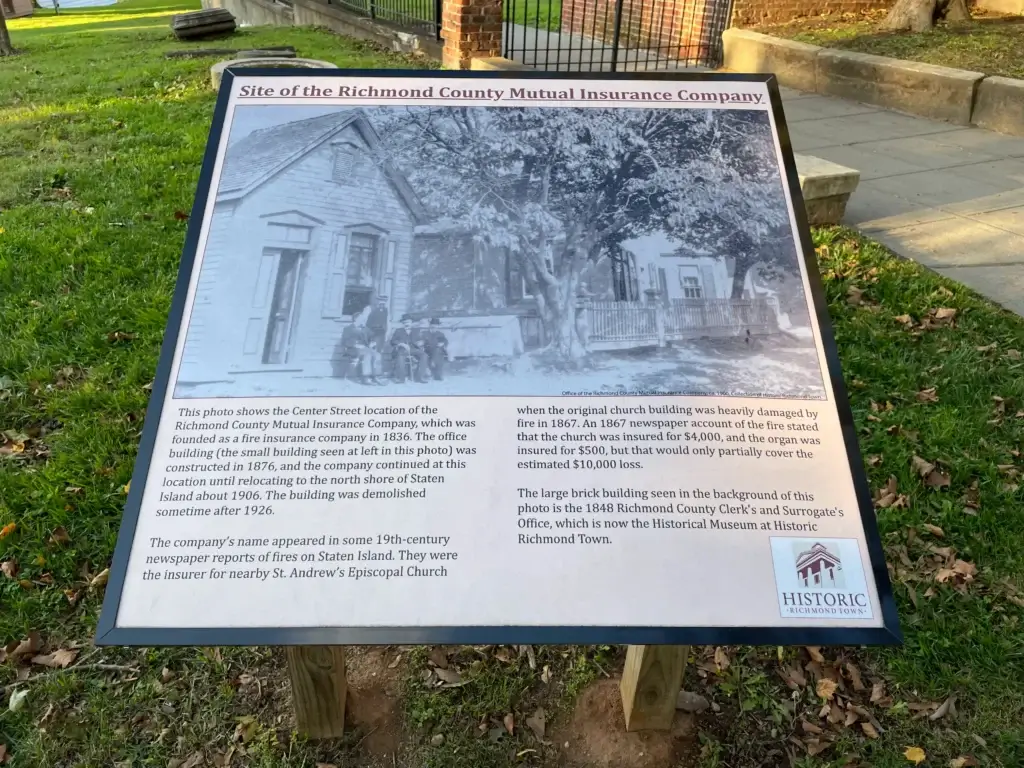
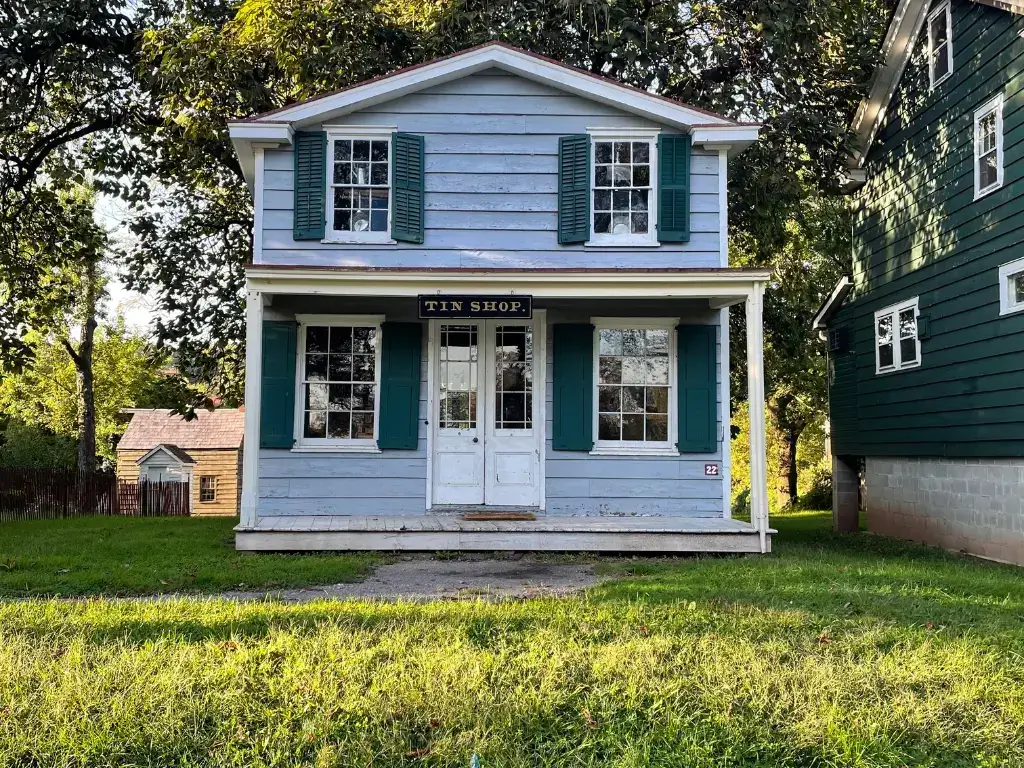

What Visitors Discover at the Museum
Historic Richmond Town today occupies over 100 acres with more than 30 original structures dating from the late 17th century to the early 20th century. The site provides visitors with a unique opportunity to step back in time and experience life as it was in earlier eras. The historic buildings are not just replicas or reconstructions – they are the real existing homes, shops, schools, and commercial buildings that have been meticulously preserved or relocated to the site.


Some of the highlights include:
– The General Store with authentic items visitors can purchase just as customers did back in the 1800’s.
– The Print Shop where a printing press from 1862 still operates and prints souvenirs.
– The Courthouse, once the center of civic life, where mock trials are held using Victorian etiquette and procedures.
– One-room schoolhouses where costumed educators demonstrate 19th-century lessons.
– The mid-18th century Guyon Tavern, was a hotel and lively meeting place when it was first constructed.
– Homes furnished with period artifacts where costumed interpreters portray daily life through various eras – from the post-colonial times to the Victorian period, and into the 20th century.
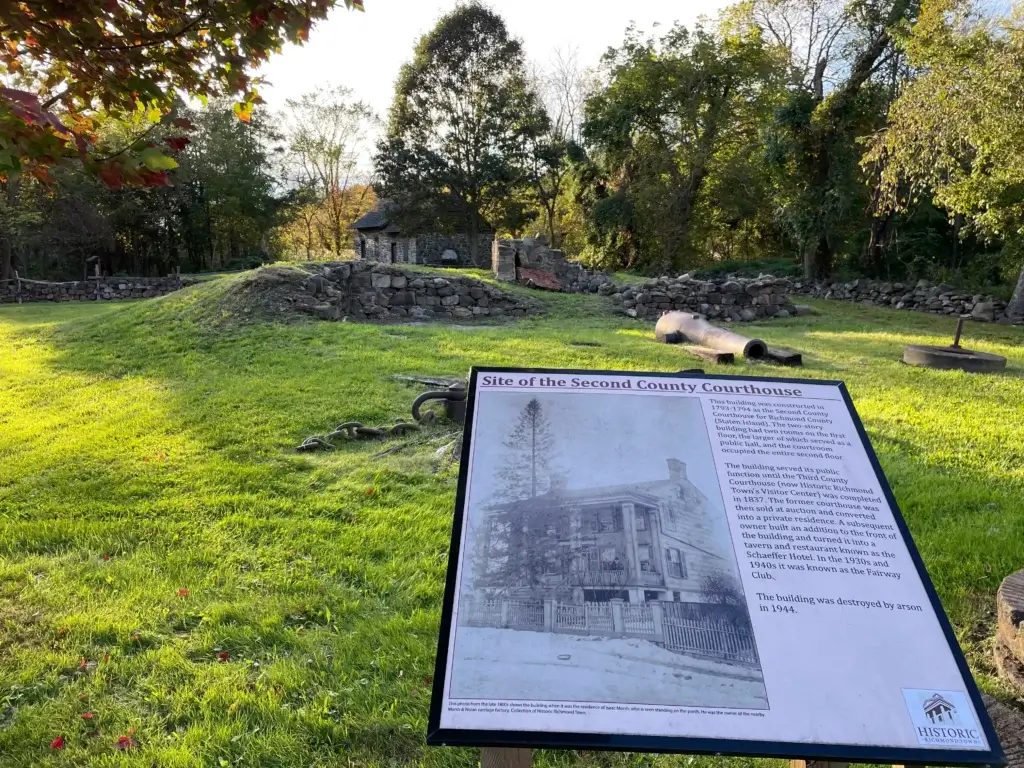
The Christopher House
The Christopher House was originally constructed as a stone masonry farmhouse. During the American Revolution, this house played a role as a meeting place and was home to Joseph Christopher, a member of the Richmond County Committee of Safety from 1775 to 1776.
Built around 1756, with a substantial addition added circa 1764, recent research suggests even earlier construction dates: around 1720 for the original section and approximately 1730 for the addition.
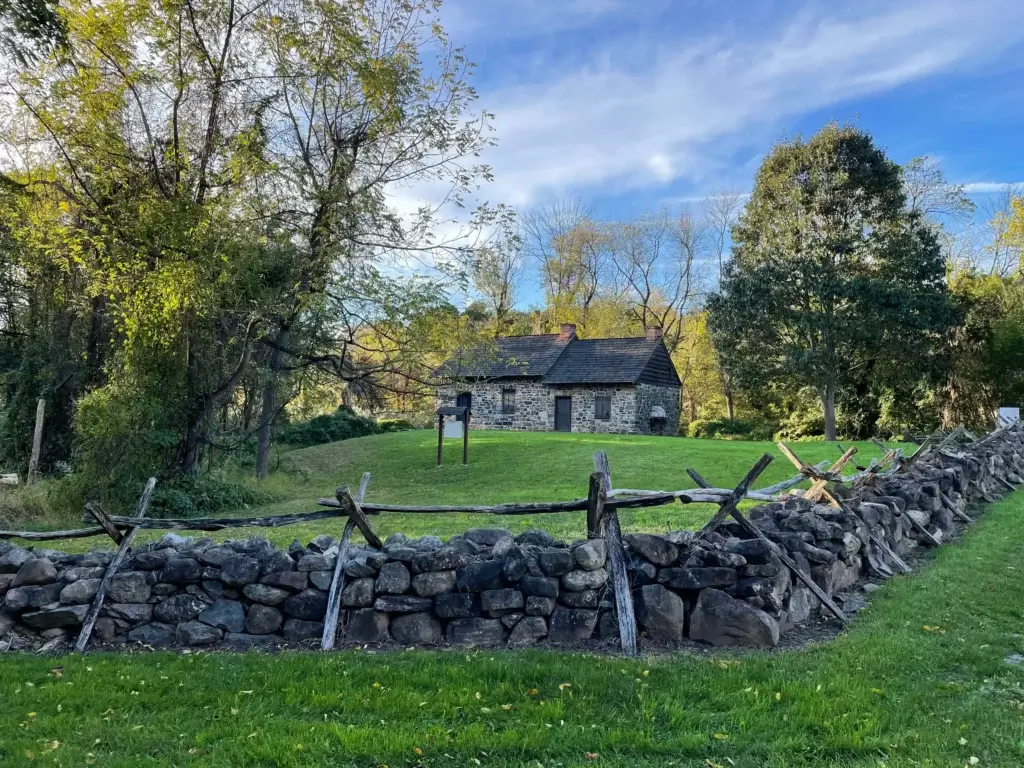

Beyond the Village
Decker Farm
In addition to the historic village, Richmond Town incorporates Decker Farm located about a mile away. This is one of the island’s last remaining working farms dedicated to preserving Staten Island’s agricultural past while growing food for the present. Family activities like pumpkin and apple picking connect modern New Yorkers back to these historic roots.
The Church of Saint Andrew
Founded in 1708, St. Andrew’s Church in Richmond Town, Staten Island, boasts a rich history.

The Church of Saint Andrew survived British use as a hospital during the Revolutionary War and fires in 1867 and 1872. The church was rebuilt around 1872 in a charming Gothic style.

In 1924, Burch Hall was added to match the church’s architecture. Notably, the church is located outside the Historic Village. The Church of Saint Andrew earned recognition as a New York City landmark in 1967 and a spot on the National Register of Historic Places in 2000.
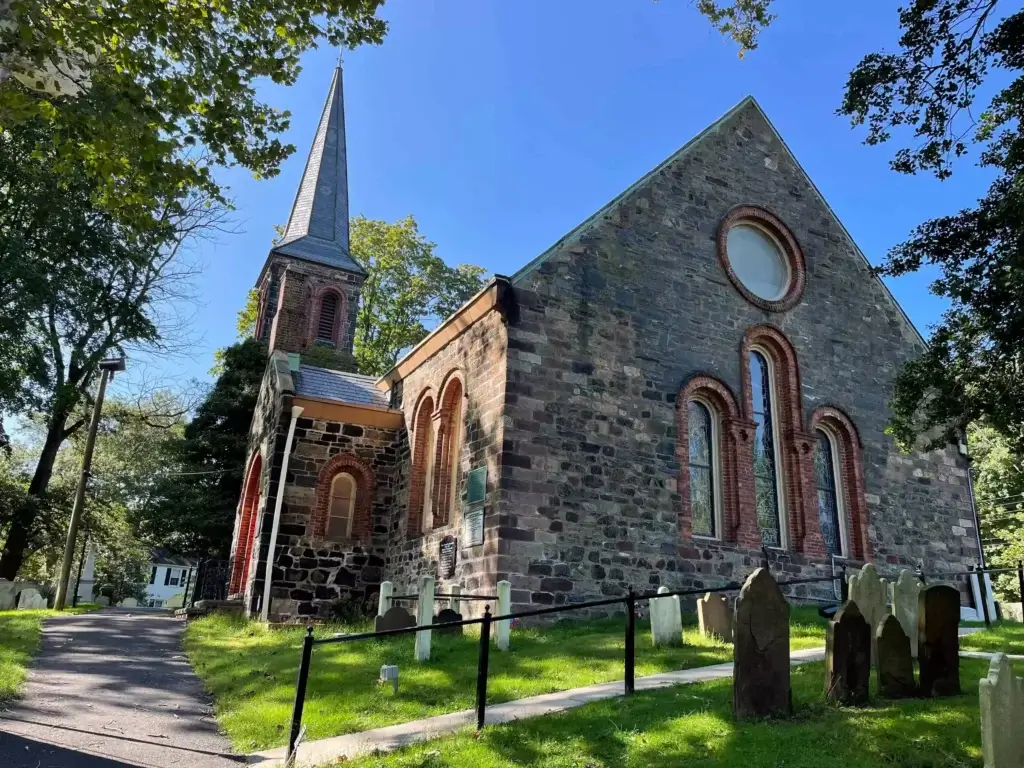
The churchyard is the resting place of prominent Staten Island families, including the Woods. Notable burials here include Rev. Richard Charlton and Elizabeth Ann Seton’s family. The Church of Saint Andrew is a testament to Staten Island’s history and resilience.
Continuing the Legacy
For over 60 years, Historic Richmond Town has provided opportunities to understand Staten Island’s regional history and culture. The site offers an immersive experience of the past through its preserved buildings, artifacts, and costumed interpreters. School groups, tourists, and locals alike come to this living museum to learn about crafts, trades, and daily life through the centuries. Historic Richmond Town remains a crowning jewel in Staten Island’s architectural landscape and a place where the past still lives on.
Beyond a Trip to the Past: Ongoing Activities at Richmond Town
While the historic site offers a window into earlier eras, Historic Richmond Town is more than just a trip to the past. It hosts a full calendar of dynamic events and educational opportunities to keep the site active and engaging for modern audiences.
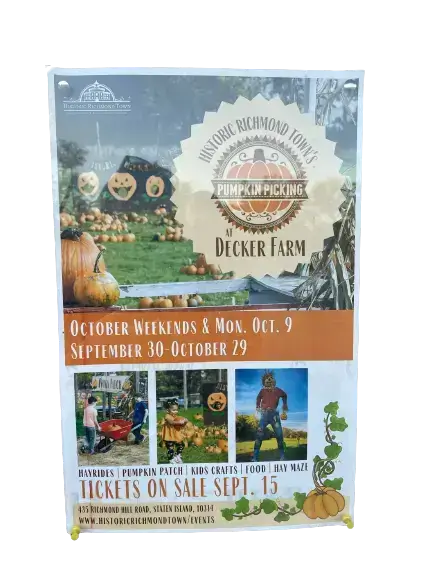
Special events held regularly include:
- Hands-on workshops like open-heart cooking classes and soap-making using 19th-century methods.
- Seasonal festivities such as pysanky (Ukrainian egg decorating) during Easter, an Empire Apple Festival in autumn, and a Victorian Christmas event.
- Foodie experiences like afternoon teas and harvest dinners featuring heritage recipes.
- Cultural celebrations highlighting Staten Island’s diverse traditions.
- Concerts featuring heritage music and instruments like harpsichord recitals.
- Market fairs and antique shows bring contemporary artisans and collectors to the historic setting.
- Theatrical performances and reenactments bring key moments in history to life.
Educating Today’s Students
In addition to public events, thousands of NYC schoolchildren visit Historic Richmond Town each year for immersive lessons that supplement their curriculum. Both self-guided and guided programs let students experience everything from one-room schoolhouse lessons to hands-on agricultural activities. Custom school programs can be developed as interactive learning experiences spanning history, science, social studies, and more.
Preserving an Irreplaceable Legacy
Maintaining these historic structures also requires year-round preservation efforts. Skilled professionals conserve the buildings, artifacts, and landscape so future generations can continue exploring Staten Island’s roots. Ongoing projects provide improved accessibility, restored exterior plaster walls based on original formulations, and rehabilitation initiatives funded by state and city grants along with private philanthropy.
Getting Involved as a Modern Resident
For those who want an even deeper engagement, Historic Richmond Town offers many ways for locals to help keep history alive. More than 200 active volunteers provide over 25,000 hours annually. Opportunities include:
- Becoming a costumed interpreter portraying early Staten Island residents while sharing their way of life.
- Assisting with special events, education programs, gardening, or preservation efforts.
- Participating as a docent to lead museum tours.
- Joining the auxiliary organization to support operations through planning events and fundraising.
No matter your age or background, you can join the community keeping Richmond Town’s legacy thriving.
Frequently Asked Questions About Richmond Town
Richmond Town offers a unique window into history, but visitors often have many questions about what to expect from this living museum. Here are answers to some frequently asked questions:
How much does it cost to visit?
- It’s free to access the Historical Museum. A guided tour inside select historic structures is $10 for adults (12+) and $5 for kids (6-11). Children under 5 are free. Special events and workshops may have added fees.
When is Richmond Town open?
- The site is open Wednesday-Sunday year-round, except for major holidays. Hours are 11 am-4 pm during most of the year, extended to 5 pm in summer months.
Can I walk around on my own?
- Yes, visitors are welcome to explore at their own pace. Guided tours are also available on a first-come, first-served basis. Check at the Visitor Center for tour times.
What are the buildings and structures made of?
- The historic buildings use materials like wood clapboard, brick, and stone. Many have been carefully restored to preserve original architectural details.
Are the artifacts and furnishings original?
- Over 85% of the thousands of artifacts on display are original pieces acquired from families and sites across Staten Island.
Can visitors go inside the houses?
- Yes, museum interpreters are stationed inside many open houses to share information and answer questions.
Is there a restaurant or food available?
- Food and refreshments can be purchased at the General Store. The courtyard has picnic tables for eating.
Is Richmond Town wheelchair/stroller accessible?
- The site has made enhancements for accessibility and provides an access map. Some unpaved areas may be difficult to traverse.
Can I take photos during my visit?
- Photography is welcome for personal use only – no commercial photography is allowed without prior permission.
Are dogs/pets allowed on the grounds?
- Leashed pets are permitted, but not inside buildings. Owners must clean up after their pets.
Do they host private events?
- Many of our historic spaces are available for corporate meetings, weddings, and other private functions.
Where is the parking located?
- Free parking lots are on-site – follow signs once you arrive. Overflow parking is also available a short walk from the entrance.
Conclusion
Historic Richmond Town offers a genuine glimpse into Staten Island’s past with its restored historic village, working farm, and engaging events. This living museum allows visitors to explore the region’s architectural heritage and immerse themselves in its history and culture. For over sixty years, Richmond Town has been a significant site, preserving the connection to our history while looking toward the future.



